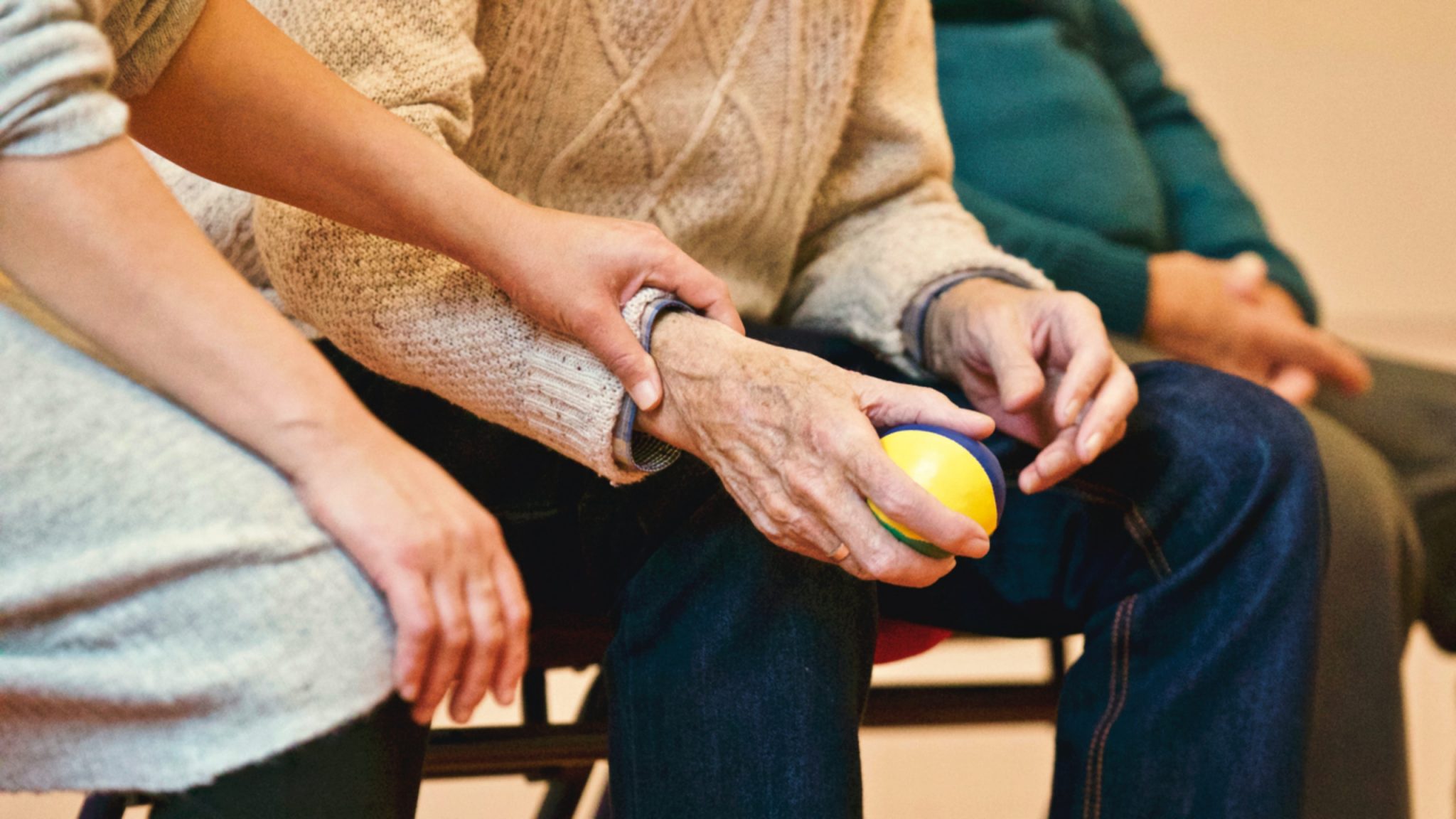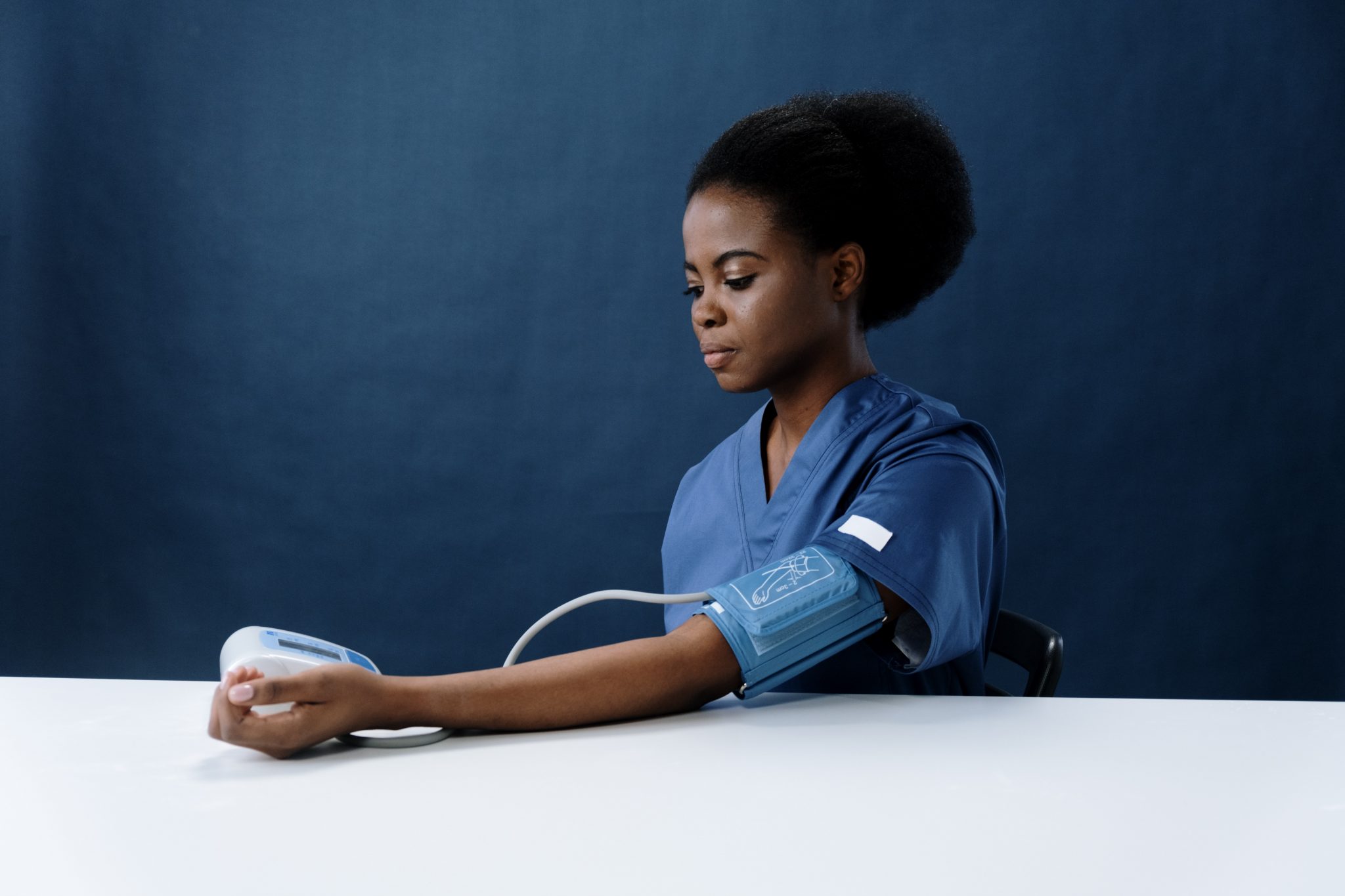Skin Discoloration and Vein Disease
You’re probably familiar with how varicose veins and spider veins can look on your legs, but did you know that vein disease can also cause skin discoloration?
Vein disease can cause skin discoloration due to venous stasis dermatitis, or venous eczema, a condition in which the blood pooling in the legs starts to build up pressure in the veins, eventually leaking out into the skin.
We’ll go over how vein disease can cause skin discoloration, what signs to look for that may indicate venous stasis dermatitis, and what you can do to decrease your risk for this condition.
How Does Vein Disease Cause Skin Discoloration?
If you have vein disease and you’ve noticed some discoloration on your legs, you’ve probably wondered what your condition has to do with it. There’s a lot more involved with vein disease than just the bulging, twisty varicose veins and tiny, winding little spider veins. The veins in your legs are responsible for pumping blood back up to the heart. If they are no longer able to continue performing their job correctly, it can cause a lot more problems for your cardiovascular system and overall health.
Skin discoloration is one of those problems that can go along with vein disease. This is how vein disease can lead to skin discoloration:
- Vein disease can weaken the veins
- Weaker veins can struggle to pump blood back up the legs
- Blood starts to pool in the legs, then the veins swell as blood accumulates
- Due to all the extra pressure on the veins, blood can start to leak out into the skin
The main idea here is that untreated vein disease can progress and lead to skin discoloration, known as venous stasis dermatitis or venous eczema.
What Are the Signs of Venous Stasis Dermatitis?
Preventive measures are always the most effective so it’s important to know the signs of venous stasis dermatitis so you can try to mitigate the damage. If you have vein disease, you already know you are more susceptible to the symptoms related to vascular issues. Practice good vein care by following the suggestions in the next section to prevent skin discoloration along with other possible side effects of vein disease. In addition to making some lifestyle changes, be vigilant for the early signs of complications like venous stasis dermatitis.
These are some of the signs that you may be developing venous stasis dermatitis:
- Swelling around the ankles
- Heaviness in the legs
- Reddish, yellowish, or brown patches on skin around the ankles and lower calves
- Skin thickening on the legs and ankles
Swelling around the ankles is one of the earliest signs of venous stasis dermatitis. It may be more prominent later in the day after you’ve been on your feet. If you start to notice swelling around the ankles, begin adopting some of the vein-supporting lifestyle changes listed in the next section. It’s also a good idea to schedule an appointment with your doctor to get checked out.
Heaviness in the legs is also another sign of venous eczema that could mean skin discoloration is also on the way. Like leg swelling, heaviness may also be more noticeable later in the day.
Reddish, yellowish, or brown patches on skin around the ankles and lower calves indicates that blood is leaking from the veins due to excessive pressure.
Skin thickening on the legs and ankles Is another symptom of venous eczema as both the color and texture of the skin is affected.
How You Can Help Prevent Skin Discoloration from Vein Disease
If leg swelling due to vein disease is not gotten under control, your veins can be under a lot of pressure and will be more susceptible to skin discoloration.
Here’s what you can do to help prevent skin discoloration from vein disease:
- Keep up with your medical appointments
- Wear compression stockings or compression socks
- Elevate your legs daily
- Avoid sitting or standing for hours on end
- Maintain a healthy weight
- Take part in low-impact exercise regularly
Keep up with your medical appointments
Your doctor can monitor your vein disease and recommend the appropriate treatment plan. Track any symptoms you’re experiencing so you can notify your doctor during your visits.
Wear compression stockings or compression socks
To help keep leg swelling under control. Compression holds everything together tightly to prevent the veins from expanding and pooling up with blood. When you wear compression socks on a day, you’ll be spending a lot of time on your feet, you’ll notice that your legs are not as swollen, tired, and sore at the end of the day. You can find a lot of different compression socks online now that are much more attractive than medical-grade compression stockings. Just be sure that they go up to your knee because you want coverage over your entire foot and calf area.
Elevate your legs daily
To encourage blood to flow back up the legs to the heart. Since your veins may not be as efficient at doing this due to vein disease, it’s beneficial for you to encourage blood circulation through leg elevation. Prop your legs up on a chair at work if you can, even if it’s just during your lunch break. When you’re home and sitting on the couch, prop up your legs on a pillow. You can also do this when you go to bed.
Avoid sitting or standing for hours on end
As this is detrimental to proper blood circulation. Your body needs movement to encourage blood to pump back up the legs. Ideally, you should move your body for a few minutes every hour. Sometimes this is unavoidable such as when you’re at work, on a long flight, or a road trip. If you can’t take a short movement break every hour, make it a point to rotate your ankles and point and flex your toes so you can help boost your circulation.
Maintain a healthy weight since extra pounds can equate to extra pressure on your leg veins.
Take part in low-impact exercise regularly to promote blood circulation and to help you maintain a healthy weight.
What Happens if Leg Discoloration Goes Untreated?
If you start to notice leg discoloration or any of the symptoms listed earlier and you don’t make some lifestyle changes or seek treatment from your doctor, your condition can get worse. The tissues around your veins can start to harden, causing more pain and discomfort. If you’re experiencing symptoms of vein disease, including skin discoloration, it’s essential to practice good self-care and consult with your doctor.
Summary
Now you know how vein disease can cause skin discoloration and what lifestyle changes you can make to prevent or reduce the appearance of discoloration on your legs. Awareness of what makes you more susceptible to skin discoloration from vein disease can help you make the changes you need to promote the health of your veins. As much as home treatments can help prevent you from experiencing skin discoloration from vein disease, you may still require a medical procedure for your condition at some point.
While a healthy diet and lifestyle are extremely helpful for decreasing or preventing complications from vein disease, it’s important to seek out professional care if the problem persists. If you’re experiencing symptoms from vein disease that don’t respond to diet and lifestyle changes, contact us today to book an appointment.





